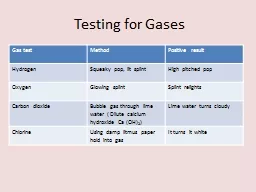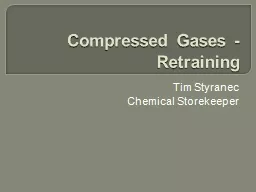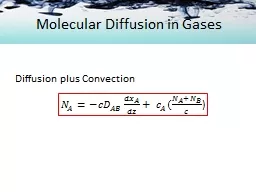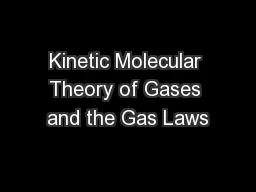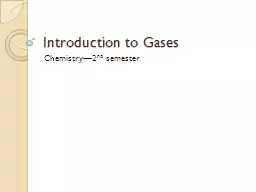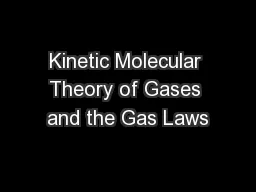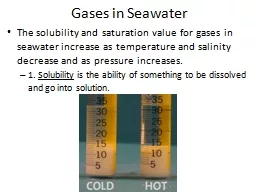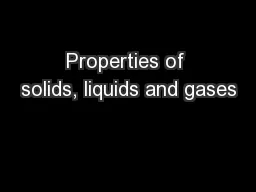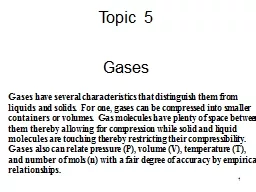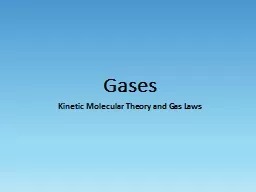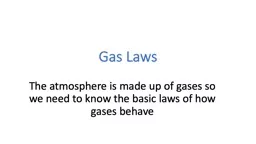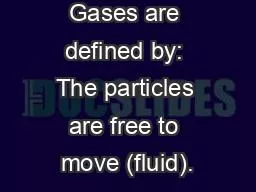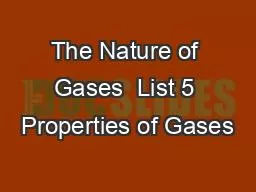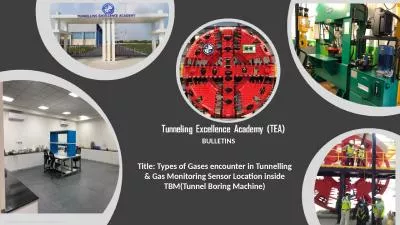PPT-Testing for Gases Gas test
Author : FuzzyWuzzyBear | Published Date : 2022-07-28
Method Positive result Hydrogen Squeaky pop lit splint High pitched pop Oxygen Glowing splint Splint relights Carbon dioxide Bubble gas through lime water Dilute
Presentation Embed Code
Download Presentation
Download Presentation The PPT/PDF document "Testing for Gases Gas test" is the property of its rightful owner. Permission is granted to download and print the materials on this website for personal, non-commercial use only, and to display it on your personal computer provided you do not modify the materials and that you retain all copyright notices contained in the materials. By downloading content from our website, you accept the terms of this agreement.
Testing for Gases Gas test: Transcript
Download Rules Of Document
"Testing for Gases Gas test"The content belongs to its owner. You may download and print it for personal use, without modification, and keep all copyright notices. By downloading, you agree to these terms.
Related Documents

